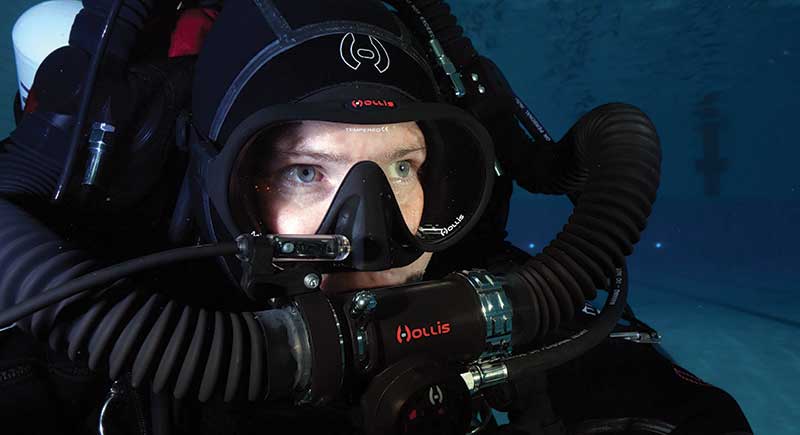Buying A Rebreather: A Simple Primer
By Steve Lewis

There are few simple questions more difficult to answer than “How much is a rebreather?” More so if the person asking advice is a rebreather newbie about to buy their first unit.
On the face of it, all that’s required is a straight dollar amount. Let’s say a few thousand bucks, for the sake of argument. But quoting the “manufacturer’s suggested retail price” (the ubiquitous MSRP), is akin to telling a bald-faced lie. Especially if you want to give an answer that takes into account the medium-to long-term price. So, what does that mean, exactly?
To start
Well, short-term, the MSRP is an okay starting point, but there are always other costs, many of them considerable.
The first thing to consider is that most new rebreather divers will dump the first unit they buy as soon as the new-toy-glow wears off enough for them to admit to themselves their initial purchase was a mistake.
Of course, this isn’t a universal truth, and probably doesn’t apply to everyone buying their first rebreather…just all the rebreather divers I’ve known for the past 20 years or so and with whom I dive regularly. That’s right, every single one of us, including me. Well, me in particular. In my peer group, nobody is diving the first unit they purchased. Not one of us.
So, really, when answering the “how much” question, that needs to be taken into account surely?
Then of course, there is training. Rebreather training, even training on a recreational rebreather, falls firmly into the ‘professional instruction’ category. This means the course takes several days and is going to cost a lot more than a weekend specialty. It also means you may have the instructor all to yourself, or at most the class size will be two or three students. This is relevant because smaller class size translates into a higher cost for students. A per diem of $200 to $250 per student per day (CAD) is mid-range, in today’s market.
Also worth considering is travel and other expenses relating to training. Usually, the student travels to the instructor. This can mean air travel, hotels, meals, and so on, in addition to instructor fees. If the instructor travels to the diver, those costs are still a factor but now have to be paid to the instructor herself.
The bits and pieces of kit needed to dive a rebreather safely also have to be accounted for. At a minimum, this means a bailout bottle complete with regulator, SPG, etc. Of course, you may have a suitable cylinder kicking around, which is great, but let’s just assume you want to start afresh with the perfect sized bailout set up specifically for rebreather diving.
There will be consumables—gas fills, scrubber materials, etc.—but the cost of these is negligible considering everything else. What does have to be factored in is the time a diver will spend post graduation, going back to beginner-level dives to get experience on the unit. (This of course is an option rather than a requirement, but it is a strongly suggested option.) For most of us, this rebreather-diver breaking-in period carries a cost which ought to be factored into the equation.
Final sums
And so, everything considered, a fair answer to the question, “How much will a rebreather cost?” is to double the MSRP. So, a unit with a sticker price of $5,000 is going to cost around $10,000; perhaps a little more, but ten grand is a start.
The ratio of retail price to cost drops a little as the unit scales up in price. (For example, the cost of a $15,000 unit would be closer to $25,000 but that’s not accounting for the several units that were bought previously.)
Hope this helps and is not too much of a shock!
Steve Lewis is an author, cave diver, Director Diver Training for RAID International, and a Fellow of the Royal Canadian Geographical Society.







